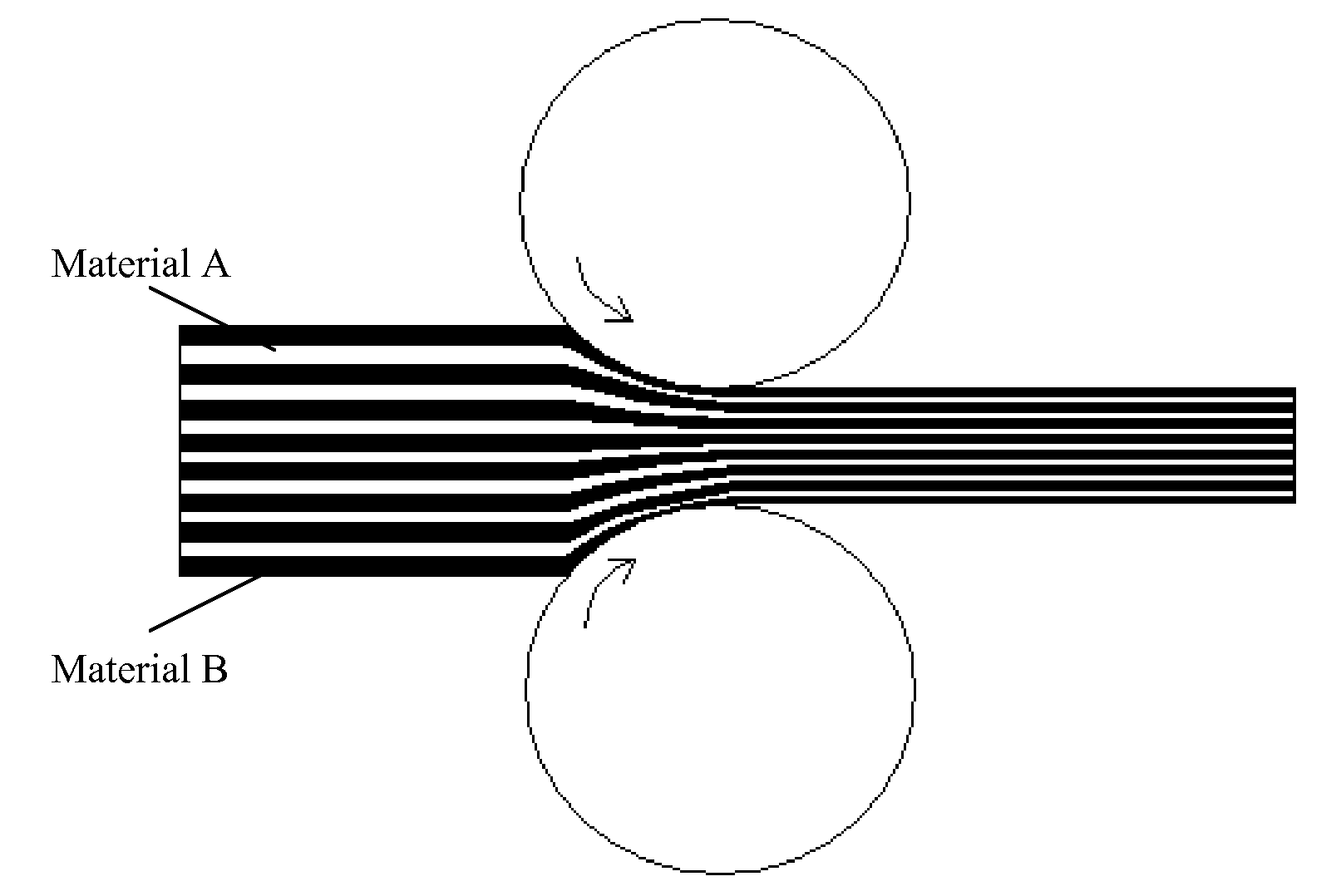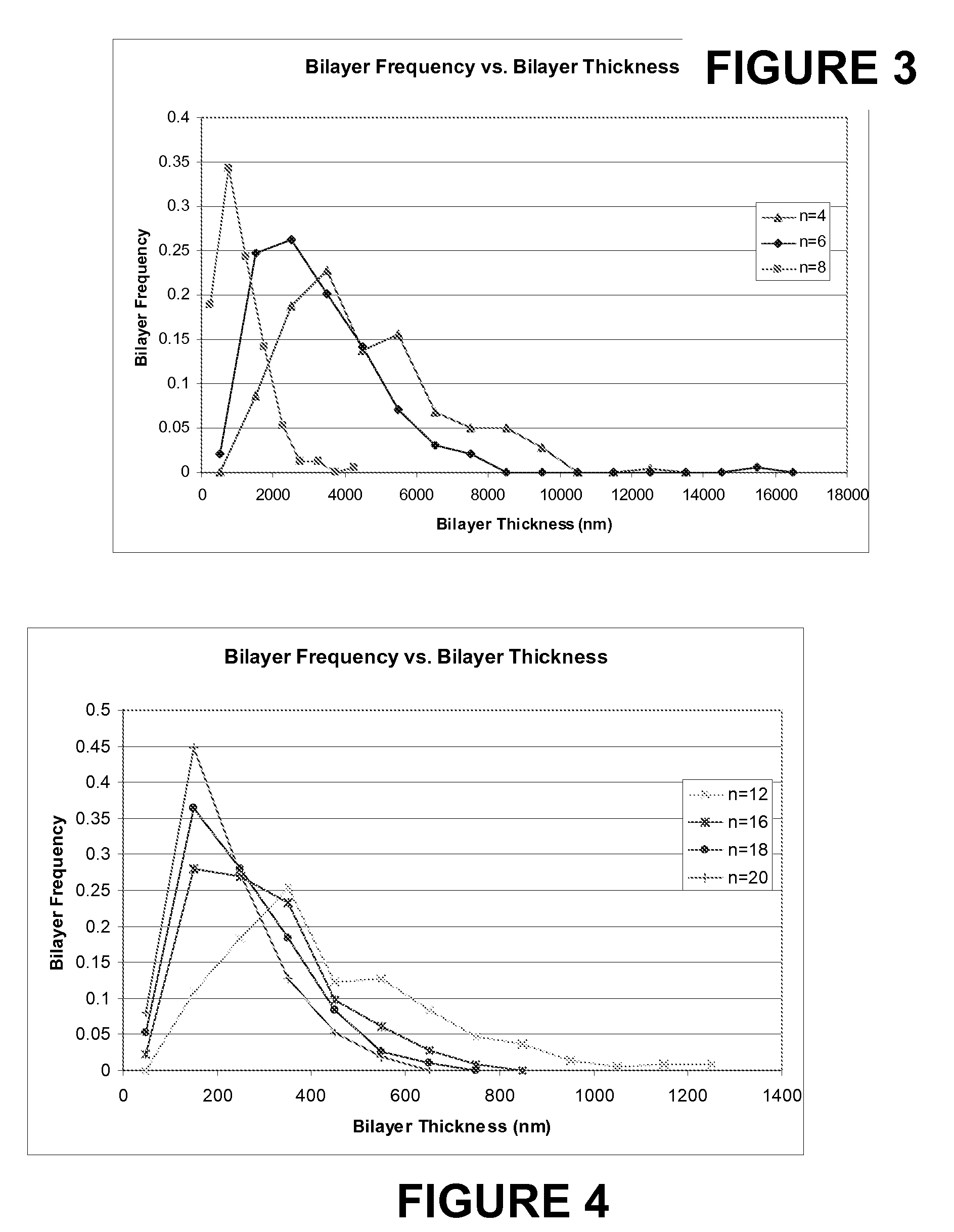Method Of Making Reactive Composite Materials and Resulting Products
a composite material and reactive technology, applied in the field of locally layered reactive composite materials, can solve the problems of time-consuming and difficult roll-off, degradation of the resulting foil, and inability to easily large-scale production by manual folding of sheet stock, etc., to achieve large-scale, cost-effective mechanical formation
- Summary
- Abstract
- Description
- Claims
- Application Information
AI Technical Summary
Benefits of technology
Problems solved by technology
Method used
Image
Examples
Embodiment Construction
[0059]The following detailed description illustrates the invention by way of example and not by way of limitation. The description enables one skilled in the art to make and use the present disclosure, and describes several embodiments, adaptations, variations, alternatives, and uses of the present disclosure, including what is presently believed to be the best mode of carrying out the present disclosure. This description is divided into two parts: Part I describes reactive composite materials and their fabrication in accordance with the invention; and Part II describes the beneficial features and characteristics of the resulting products in relation to fabrication parameters.
[0060]I. Methods of Fabricating Reactive Composite Materials
[0061]Recent developments in reactive multilayer technology have shown that it is possible to carefully control both the heat of the reaction as well as the reaction velocity. For instance, it has been demonstrated that the velocities, heats, and tempe...
PUM
| Property | Measurement | Unit |
|---|---|---|
| thickness | aaaaa | aaaaa |
| thickness | aaaaa | aaaaa |
| thickness | aaaaa | aaaaa |
Abstract
Description
Claims
Application Information
 Login to View More
Login to View More - R&D
- Intellectual Property
- Life Sciences
- Materials
- Tech Scout
- Unparalleled Data Quality
- Higher Quality Content
- 60% Fewer Hallucinations
Browse by: Latest US Patents, China's latest patents, Technical Efficacy Thesaurus, Application Domain, Technology Topic, Popular Technical Reports.
© 2025 PatSnap. All rights reserved.Legal|Privacy policy|Modern Slavery Act Transparency Statement|Sitemap|About US| Contact US: help@patsnap.com



